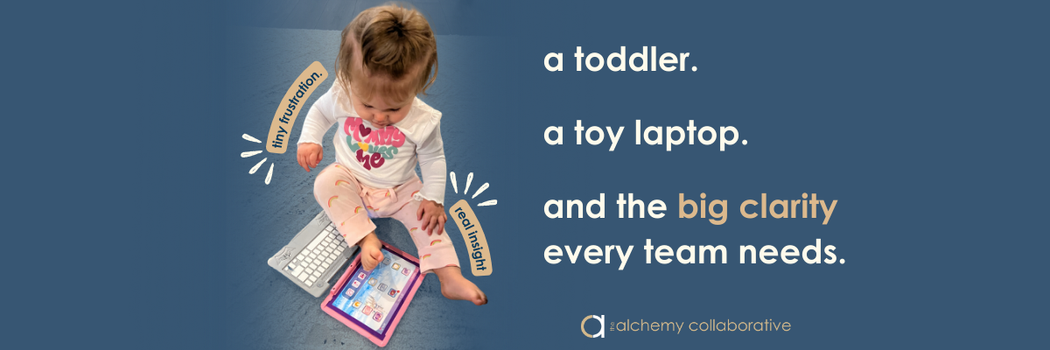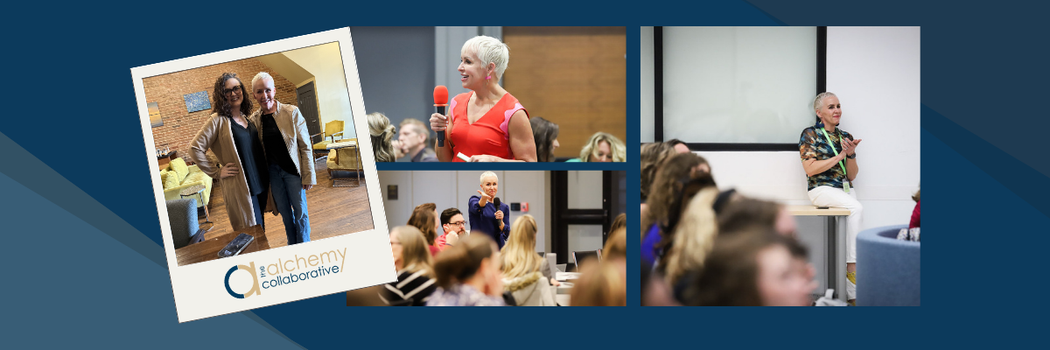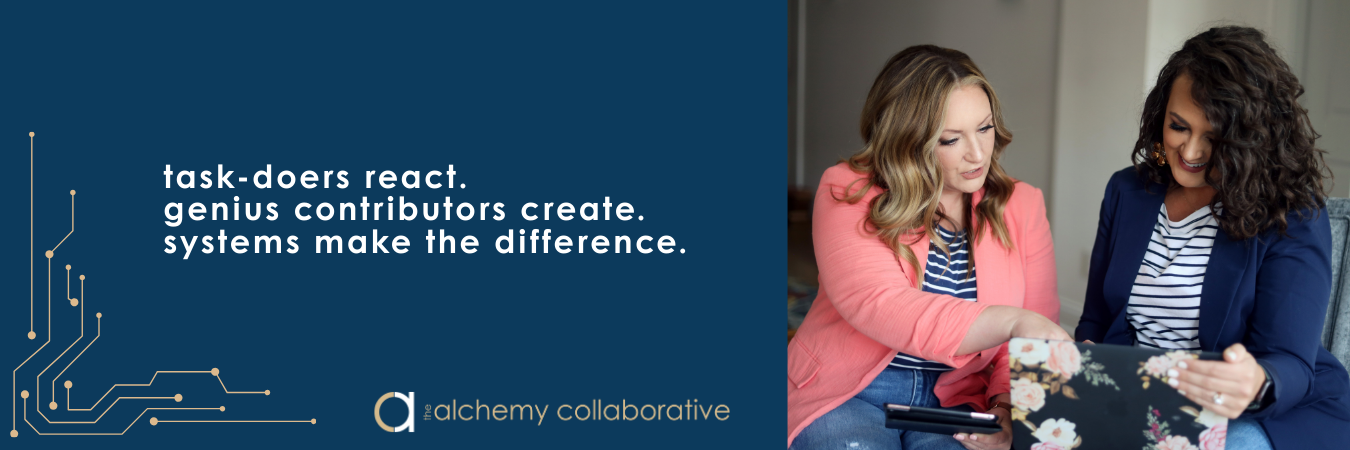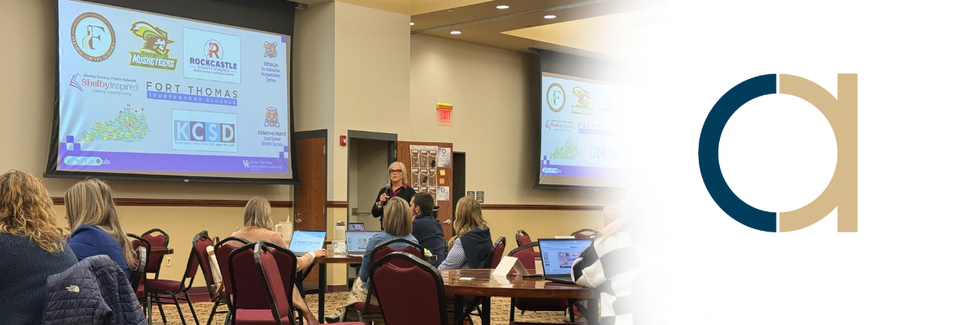the wisdom behind a $2,000 decision
In the world of marketing, stories like Ritz-Carlton’s “$2,000 rule” circulate as examples of how small actions build extraordinary trust. But those lessons don’t belong only to brands or businesses. They belong to schools, too. Every interaction, from the way a teacher greets a student to the tone of a district email, contributes to the way families experience a school community. When we listen to stories like these through an education lens, we find that the best marketing advice is really just human advice about trust, care, and the details that make people feel seen.
Here’s a quick recap of the story: every Ritz-Carlton employee, from front desk to housekeeping, is empowered to spend up to $2,000 to solve a guest’s problem: no manager approval required. It isn’t about the money. It’s about trust. Leadership believed that employees who felt trusted would, in turn, create extraordinary experiences for guests. This mindset transformed the Ritz-Carlton from another luxury hotel into a brand synonymous with care, responsiveness, and excellence.
The result wasn’t only customer satisfaction. It was a halo effect: a phenomenon psychologists first described in the early 20th century, where one positive experience shapes how people perceive everything else about you. When a guest had one exceptional interaction, they assumed the food was better, the room cleaner, the entire brand more trustworthy.
That same dynamic is at work in schools every day.
what education and hospitality share
Schools, like hotels, are in the business of people. They hold the daily responsibility of creating experiences where individuals (students, families, and staff) feel connected, informed, and confident. The difference is that schools don’t host guests for a weekend; they nurture relationships that last years, sometimes even generations.
Every message, design, and communication touchpoint contributes to how a district is perceived. When those details align with care and consistency, they create a halo of trust that surrounds the entire system.
The inverse is also true: a single confusing message or missed opportunity can shape a family’s sense of the whole organization. As one district leader told us, “It doesn’t matter how many things we get right if the one message parents remember is the one that missed the mark.”
School communication is about more than just sharing information. It’s about shaping understanding. When districts communicate with clarity, empathy, and consistency, families begin to feel something that can’t be quantified: trust.
the halo effect in schools
The halo effect is a human response. When families experience excellence in one area of a school, it influences how they interpret everything else. A well-designed website makes an enrollment process feel seamless. A consistent district newsletter builds confidence in leadership decisions. A timely, transparent update in a crisis can preserve trust for years to come.
Districts that communicate strategically understand this: trust doesn’t come from a single campaign or a polished logo. It comes from hundreds of small, aligned acts of communication that are all working in harmony to reflect care, intention, and integrity.
This is why every team member, from superintendent to comms director and from principal to teacher, is a storyteller. Every word, image, and update shapes the narrative families hold about their schools.
what empowerment looks like in a district
In the Ritz-Carlton model, every employee has permission to act in service of the guest. In schools, empowerment looks like giving communicators across the system the clarity and confidence to share their stories well. It’s the principal who uses a consistent tone and template for weekly updates. It’s the communications director who equips campuses with branded assets so every message feels unified. It’s the superintendent who trusts their team to adapt a message for their audience without diluting its intent.
These moments add to the halo. None require a large budget: only clarity, alignment, and trust. When people inside a system understand the “why” behind their message and are equipped with the right tools, they become amplifiers of excellence.
That’s what we mean when we say communication is a form of leadership.
It isn’t a department; it’s a shared practice of attention and care that is made possible by systems that empower everyone to communicate with confidence.
building trust through the details
The smallest details reveal the biggest truths about a district’s communication system. Fonts, photos, phrasing, and process all signal something deeper: who you are and what you value. When districts invest in these details — from brand identity to message consistency — they aren’t just producing content. They’re creating coherence.
As Ritz-Carlton’s Horst Schulze said, “Excellence wins” because it communicates value. Schools have their own version of this principle: when communication is excellent, people feel safe, informed, and connected.
Every project, whether it’s a printed mailer, a district app, or a new website launch, can become part of a district’s $2,000 rule: an intentional act that builds trust, one detail at a time.
our reflection
At The Alchemy Collaborative, we see our work as translation: bridging the wisdom of brand strategy with the heart of education. The Ritz-Carlton didn’t teach us anything educators don’t already know. It simply reminded us what schools already practice — that excellence begins with empathy, and that trust is built in the details.
As you look at your own communication systems — the templates, the workflows, the daily exchanges that hold your community together — consider what your district’s version of the $2,000 rule might be.
What act of trust, what freedom, what small but meaningful detail could become the thing that changes everything?
Because in schools, as in life, the smallest gestures often leave the strongest halos.
Source: Brand Chemistry. “Ritz-Carlton’s $2,000 Rule.” October 2025








